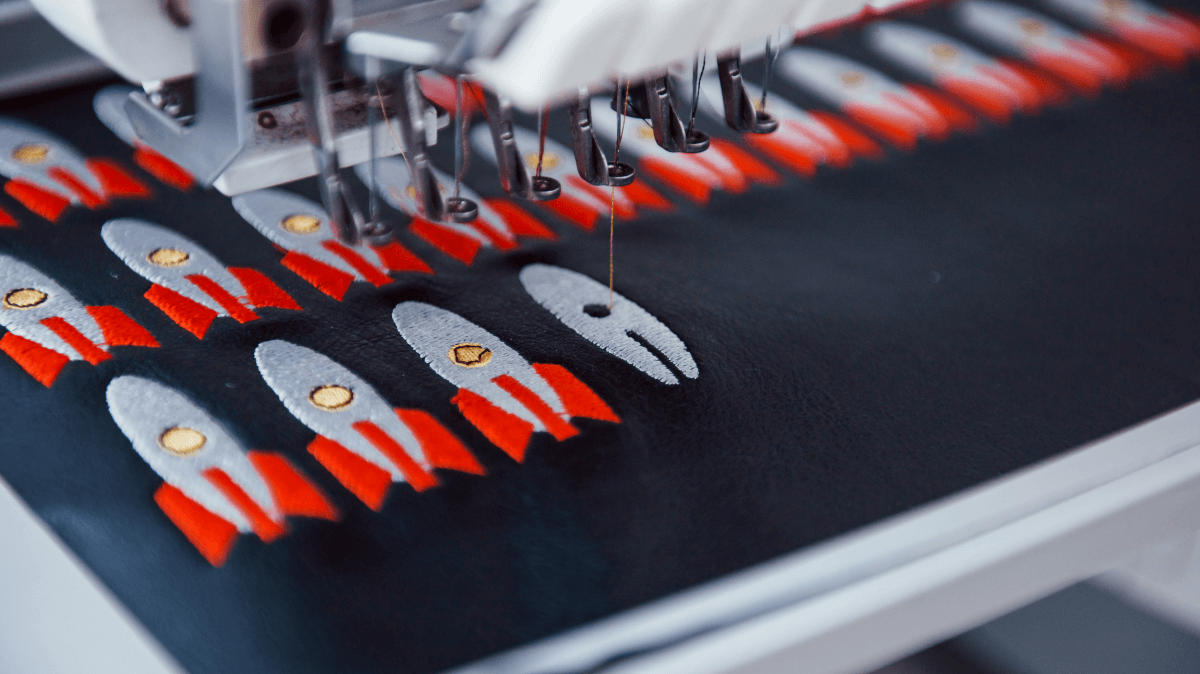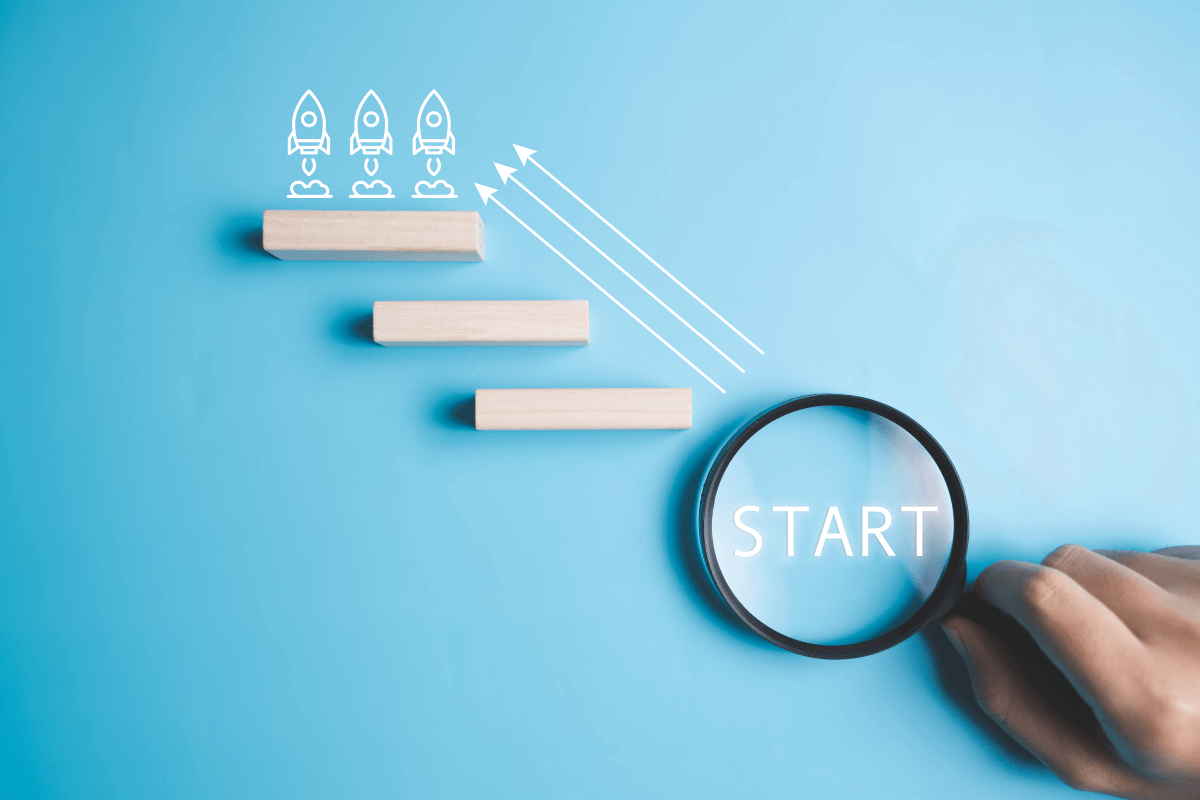Research and Development (R&D) Tax Incentive for Industry 4.0 | Automotive Case Study
In 2019 almost 70% of automotive manufacturers had committed to ongoing smart factory initiatives, a significant increase from 43% in 2017. In the automotive industry, smart factory initiatives are the focus of many original equipment manufacturers (OEMs) and suppliers.
Smart factories harness the digital technologies associated with Industry 4.0 to generate significant improvements in productivity, quality, flexibility, and services. Smart factories are enabled with connectivity, intelligent automation, and cloud-scale data management and analytics. By 2023, it is estimated that there will be a 15-24% productivity gain due to the integration of automotive smart factories when compared to 2017. Some manufacturers who have smart factories have experienced productivity improvements in excess of 30%, but these metrics are only achieved when smart factory initiatives are completely scaled across factories.
Maximizing smart factories’ potential can include challenges like:
- Deploying and integrating digital platforms and technologies
- Maintaining targeted levels of data readiness and security
- Analysing available data to enable continuous operational improvements
- Developing and fostering hybrid, soft, and digital skills among the workforce
- Modifying traditional vision and leadership business models to fully embrace new technologies
- Optimising the design of manufacturing processes [1]
Outlined below are some examples of automotive companies that have successfully implemented smart factories and Industry 4.0 technologies into their day-to-day operations.
Seat S.A.
Seat S.A. is a Spanish car manufacturer and wholly owned subsidiary of Volkswagen Group.[2] At its Martorell factory in Spain, SEAT incorporated new digital capabilities to improve the efficiencies, connectiveness, and intelligence of its manufacturing factory. A few of their innovative developments include:
- Drones
In 2019, SEAT launched a pilot program to autonomously delivery component parts from a logistics centre to the assembly workshop. An electromagnet attaches a carbon fibre capsule containing the requested component to an electric drone. The drone then autonomously flies two kilometres at a height of 95 meters and 40 km/hr between the two locations. The entire process takes 15 minutes, reducing delivery time by 80%, reducing CO2 emissions by up to 1 tonne per year and clearly illustrates the value of just-in-time delivery.[3]
SEAT’s next drone-based innovation is implementing the drones inside the production facilities to autonomously clean up floor space and shift light weight parts more quickly. The drones fly autonomously through the factories with sensors that detect shop floor features. Extensive amounts of mapping, programming, and testing is required before the drones will be ready for launch.[4]
- Robots
SEAT has 2,000 robots operating in its Martorell factory. The robots operate 24 hours a day and coordinate with 1,700 employees. One car chassis is produced every 68 seconds since the robots have been in place. The robots have six axes, swivel up to 720°, and a single robot can perform up to 16,000 welding spots per day.[5] - 3D Printing
SEAT established its 3D Printing LAB with nine printers to assist with design, production, and logistics. The printers can produce infinite geometries for high-precision design work for any area of the factory. 3D printing decreases the time to manufacturing as new designs can be ready in a single day whereas traditional methods could take weeks. The printers are mainly used to produce prototype parts for vehicle development but have also been utilised in the development of custom tools for the assembly line, custom logos for auto show vehicles, and even prevention measures to deal with COVID-19. The 3D Printing LAB’s nine printers operate 24 hours a day and produce on average 50 parts per day[6] - Predictive Maintenance
A digital system launched in the Martorell factory processes and analyses information gathered by robots to predict when failures will occur. This allows SEAT to identify potential failures and problems days before they actually occur to reduce downtime and identify areas for improvements to increase productivity.[7]
Audi
Audi’s adoption of new technologies and innovations has been evolving in its production factories for quite some time. Specific areas of focus include:
- Modular Assembly
With increased customer expectations, different vehicle versions, and the inclusion of innovative technologies, the traditional assembly line is no longer an efficient manufacturing method for the automotive industry. Audi is combatting this problem by implementing small separate workstations to enable highly flexible working routines. Car bodies and parts are transported to workstations with driverless transport systems. The result is 20% higher productivity compared to traditional assembly line methods. - Technical Centre for Production Assistance Systems
This small department focuses on early-stage production technologies, including collaborative robots. They have developed two driverless transport systems – one is controlled by a computer and the other autonomously travels a defined route with sensors to help orient and avoid obstacles. - Audi Production Lab
Focusing on innovative technical applications for the production process, this department has identified multiple innovative improvements, including metal 3D printing, human-robot cooperation, driverless transport systems, and augmented reality applications. In addition to physical technologies, the P-Lab has undertaken preventative maintenance applications to recognise incorrect placements of screws and bolts during production. - Toolmaking
The press shop has adopted new technologies, allowing parts to be made out of aluminium and plastics. In turn, the weight of parts has been reduced on average by 20% and energy requirements for parts production has decreased approximately 10%. 3D metal printing capabilities are being developed for use in producing complex steel and aluminium parts. - Logistics
Automated transport systems were developed to use lasers to independently navigate routes. Additionally, using big data analytics, Audi is able to analyse logistic data to identify improvement areas across the entire production value chain.[8]
Investing in new technical innovations and advancements has enabled Audi to launch a greenfield smart factory in Mexico. Audi relied entirely on computer simulation to plan one of the most state-of-the-art factories in North America and launched it on average 30% faster than other Audi factories. The factory will utilise virtual assembly technologies, autonomous ground vehicles, driverless floor conveyors, a remote maintenance portal, a metal 3D printing centre, collaborative robots, and drones. The factory is energy efficient, free of wastewater, and the selected equipment will use less water, gas, and electricity than their traditional counterparts.[9]
Related: Industry 4.0 | Why it matters & How you apply R&D
Why Azure Group?
At Azure Group, our personal touch is the key to unlocking exceptional outcomes for our clients. To assist you in accessing the maximum possible refund under the Government Grant scheme, Azure Group has a team of experienced Grant specialists who meet with you to understand your product and services in more detail to unlock the true value of your activities.
Azure Group team has assisted many startups and SMB's in claiming Government Grants. As champions of the technology and emerging growth sector, we are proud of our success in obtaining R&D Tax Incentive (RDTI) for our clients. Beyond RDTI we uphold a reputation for being experts in the tech sector working with innovative clients across a range of disciplines. Feel free to contact Azure Group to check your eligibility.
Have you noticed our #FridayExpertTips... here's one that relates to #R&D
"Just because you don't wear a lab coat doesn't mean your innovative business isn't doing R&D experiments that can generate big cash incentives. Talk to our team to see if you might be eligible.”
[1] How automotive organizations can maximize the smart factory potential by Capgemini Research Institute
[2] https://seat.cegeglobal.com/.annual-report-2020/#page=272
[3] https://www.seat.com/company/news/company/drones-the-steering-wheel-from-the-sky.html
[4] https://www.seat-mediacenter.com/smc/seat-sa/seat-sa-storiespage/Drones-in-the-factory-of-the-future.html
[5] https://www.seat.com/company/news/company/the-art-of-robot-whispering.html
[6] https://www.seat.com/company/news/cars/a-3d-printing-centre-in-a-car-factory.html
[7] https://www.seat.com/company/news/company/digital-production-platform.html
[8] https://www.audi-mediacenter.com/en/audi-techday-smart-factory-7076/smart-factory-audi-is-on-the-way-to-the-factory-of-the-future-7077
[9] How automotive organizations can maximize the smart factory potential by Capgemini Research Institute
This article is intended to provide general information only, and is not to be regarded as legal or financial advice. The content is based on current facts, circumstances, and assumptions, and its accuracy may be affected by changes in laws, regulations, or market conditions. Accordingly, neither Azure Group Pty Ltd nor any member or employee of Azure Group or associated entities, undertakes responsibility arising in any way whatsoever to any persons in respect of this alert or any error or omissions herein, arising through negligence or otherwise howsoever caused. Readers are advised to consult with qualified professionals for advice specific to their situation before taking any action.









Comment